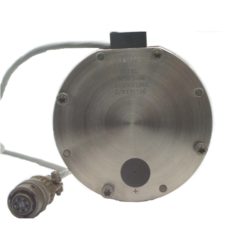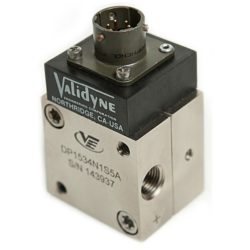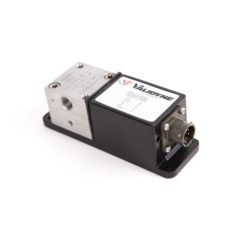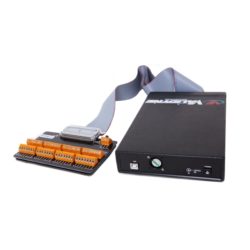University Labs
University Labs
Validyne pressure transducers and signal conditioning have long been used in University laboratories for graduate research and undergraduate instruction.
- Full scale differential pressure ranges as low as ±0.008 psid
- High line pressure capability
- Wet-Wet differential
- Equal pressure inlet volumes
- Low acceleration sensitivity
- Field replaceable sensing diaphragms
- Economical – Replaceable pressure sensing diaphragm for easy re-rangeability
- Wide Range – Provides pressure measurement from ±2.22” H20 to ±3200 psi in 23 full-scale ranges
- Flexible – Wet – Wet capability accepts liquids and gasses on both sides of the diaphragm
- Fast Response – Small internal pressure cavity volume for fast response to pressure variations
- Rugged – Withstands extreme shock and vibration
- Durable – Heavy-duty stainless construction stands up to abuse
- Rugged DP transmitter
- For liquid or gas service
- 4-20 mA Two-wire, ±5 VDC
- Full Scale Ranges from 2.22 inH2O to 10 KPsi
- Excellent temperature characteristics
- NEMA 4 Housing
- 0.25% standard, 0.1% and 0.05% accuracy options available
- Now available in 316SS and Inconel
- Direct Sensor Input to Your PC via USB
- 16-bit Resolution, 100 KHz Conversion Rate
- 16 Input Channels, Sensor Excitation Provided
- Auto-Zero Capability for Better Accuracy
- Accepts Any Mix or Combination of Sensor Inputs Thermocouples, RTDs Strain Gages, LVDTs, VR Sensors Potentiometers, DC Volts
- Data Acquisition Software Included
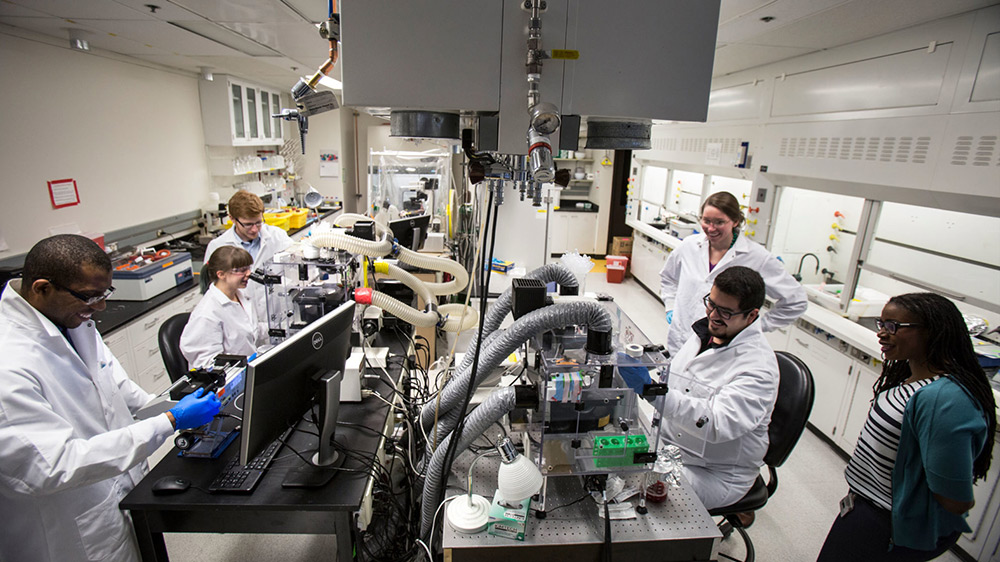
Supporting University Labs Since 1970
The ability to change the full scale pressure range of a Validyne transducer makes it the most flexible choice for laboratories where pressure measurements are constantly changing to meet new requirements. Validyne programmable signal conditioning provides the same level of flexibility and accepts any combination of sensor inputs including strain gages, Validyne pressure transducers, thermocouples, RTDs, LVDTs, resistances and DC volts – in any mix or combination. Combined with Easy Sense software and a USB interface, Validyne signal conditioning can be quickly programmed to meet your changing needs.
Validyne Labs
Discover Validyne’s complete lab products.
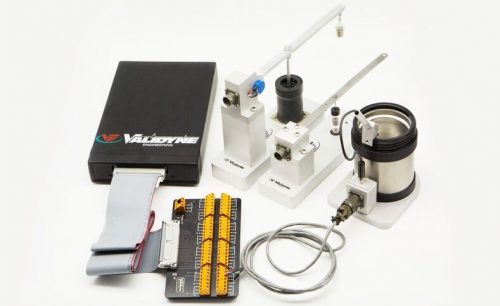
Dynamic System Lab
This lab contains two cantilever beams, vibrating beam and damping beam, the First Order Response Lab, and a Universal Data Acquisition System(UDAS).
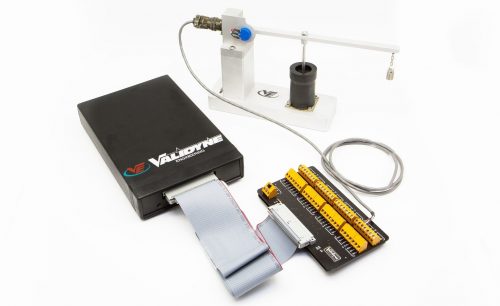
Damping Lab
Validyne’s unique Damping Lab give students a “hands on” way to experience and learn the measurement of time response as a function of static loading. When connected to the Universal Data Acquisition System(UDAS), the Damping Lab allows students to make measurements, graphs, and calculations to find the amount of critical damping in the system. The Validyne Damping Lab consists of a cantilever beam, an adjustable damper, and an accelerometer.
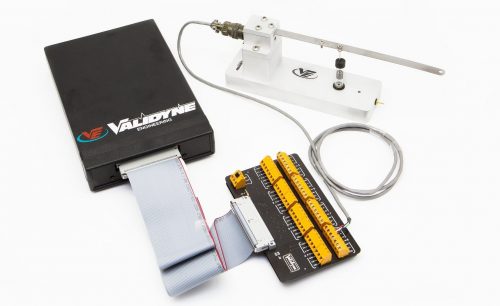
Cantilever Beam Lab
Consisting of a vibrating cantilever beam, an adjustable damper, and an accelerometer, the Validyne Cantilever Beam Lab allows for the measurement of natural frequencies and the effect of damping on the decaying rate of vibrations. When connected to the Universal Data Acquisition System(UDAS), this solution enables students to make measurements, graphs, and calculations to find the amount of critical damping in the system.
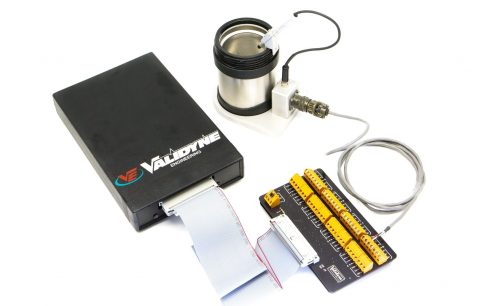
First Order Response Lab
This easy to use lab contains everything needed to demonstrate the dynamic first-order response of a thermal system to a step change. Our First Order Response Lab includes a temperature sensor, thermos, and fixtures that allow students to record, then graph the response to a sudden change in temperature. The Universal Data Acquisition System(UDAS), with real-time graphing, provides all the required sensor power and linearization plus records the readings directly in Vdc, degrees C or F.
Testimonials
We have older model Validyne pressure transducers with interchangeable diaphragms along with carrier demodulators that have been in use for 25+ years and are still functioning very well. More recent purchases have been the MC170L 16 slot racks with SG297A strain gage amplifiers for interfacing to large numbers of strain gage based dynamic pressure transducers for surface pressure measurements. Again, these have worked well for the application in a small signal conditioning package.
Sr. Research Associate, University of Cincinnati, College of Engineering and Applied Science, Dept. of Aerospace Engineering
I’ve used the DP-15 differential pressure transducers in my research involving modeling internal erosion in soils. I chose the DP-15 for the precision I can achieve with very small pressure differences as well as the flexibility of the transducers to adjust to larger pressure spans by changing membranes.
Associate Professor, Department of Civil and Environmental Engineering, Utah State University
I have worked at University of California as a research professor for 10 years and after that another 10 years improving the energy efficiency of HVAC systems and research projects. For all my pressure measurements I used Validyne products: transducers, signal conditioners, scanners and data acquisition systems. I have been very satisfied with the quality of the Validyne products, as well as the technical support. I strongly recommend Validyne products for pressure measurements in applications which require versatility and adaptability.
University of California Santa Barbara
Applications in the Industry
Read more about common uses for Validyne pressure sensors and data acquisition systems:
Mechanical Engineering Lab
General Purpose P55 Pressure Transducer used for base drag reduction experiment, airfoil flutter control experiment and favorable boundary layer experiment.
Fluid Mechanics Lab
DP15 Re-rangable Pressure Sensor used in fluid pressure measurement. Connect this pressure sensor to a CD17 carrier demodulator or a Universal Data Acquisition System(UDAS) for graphing capabilities.
Mechanics of Fluids and Transport Processes / Aerodynamics Lab
DP15 Pressure Sensor used in closed circuit vertical wind tunnel to examine the surface pressure distribution and wake velocity profile on a Clark-Y airfoil.

